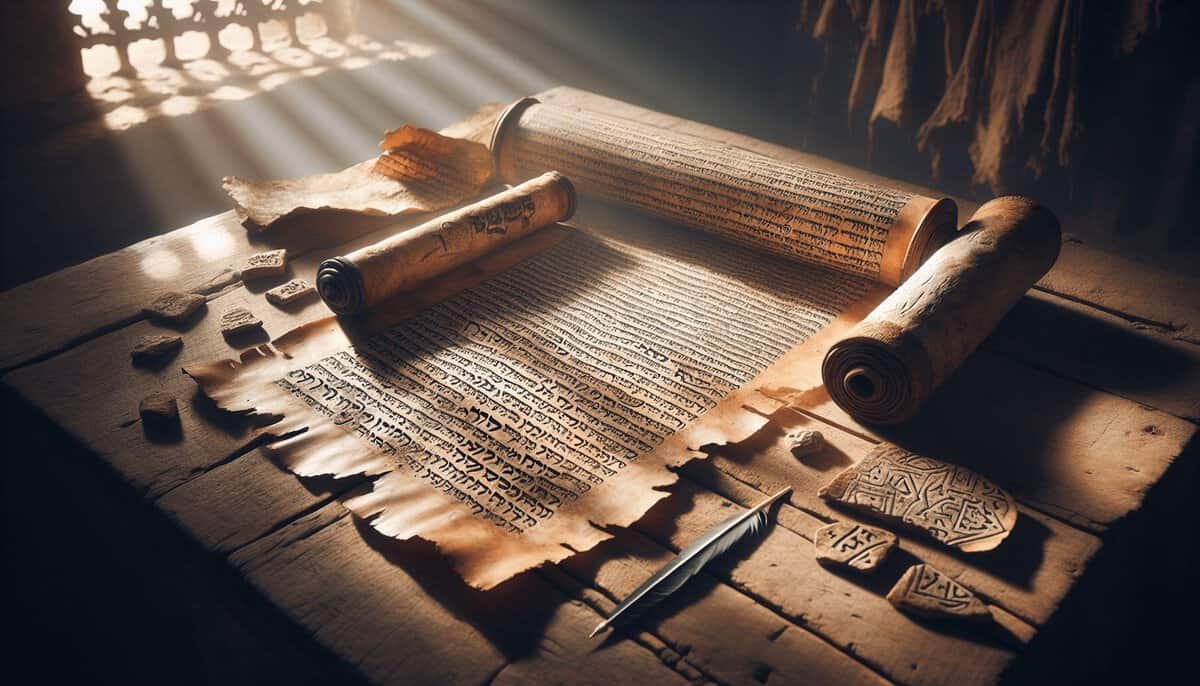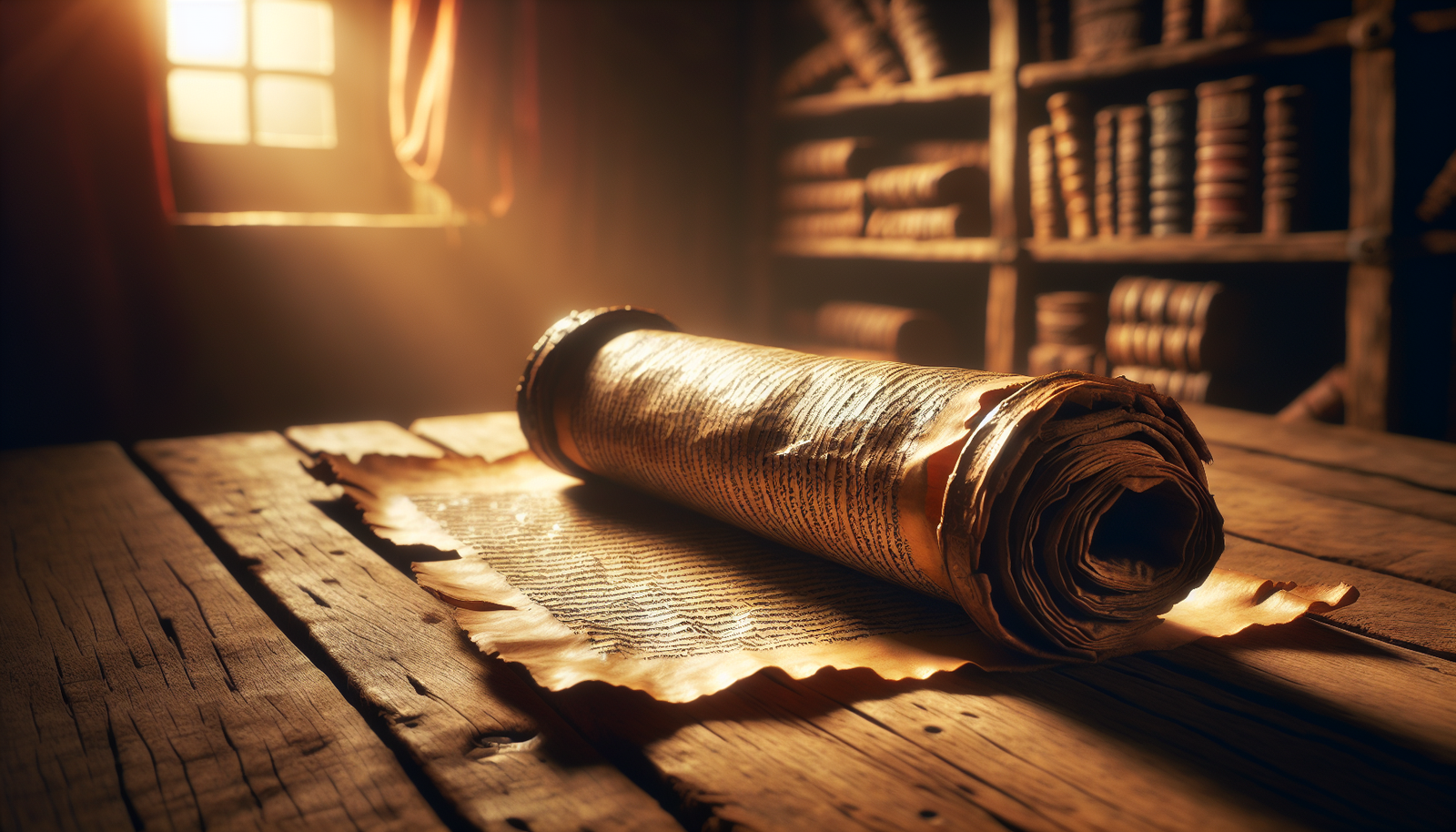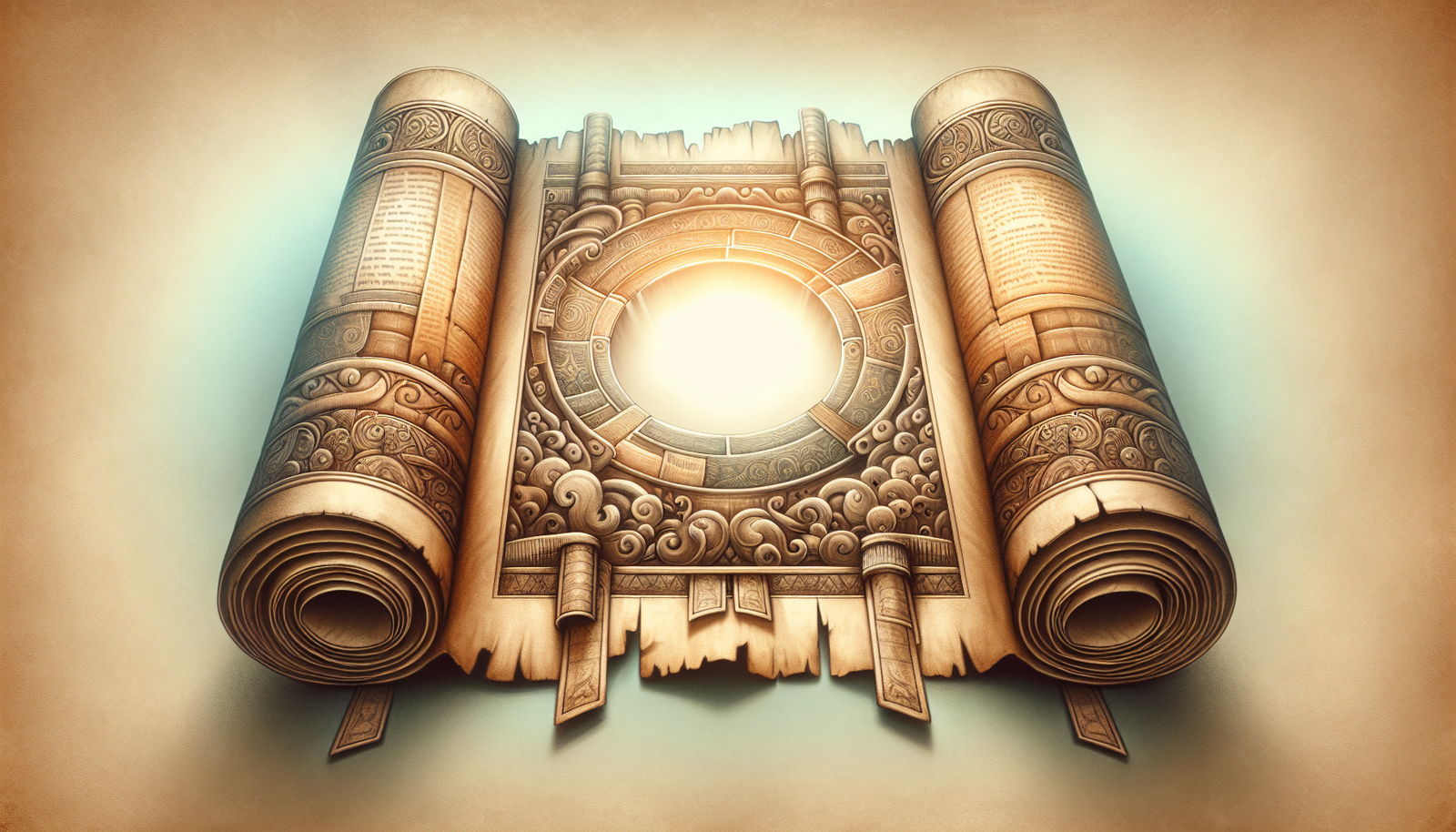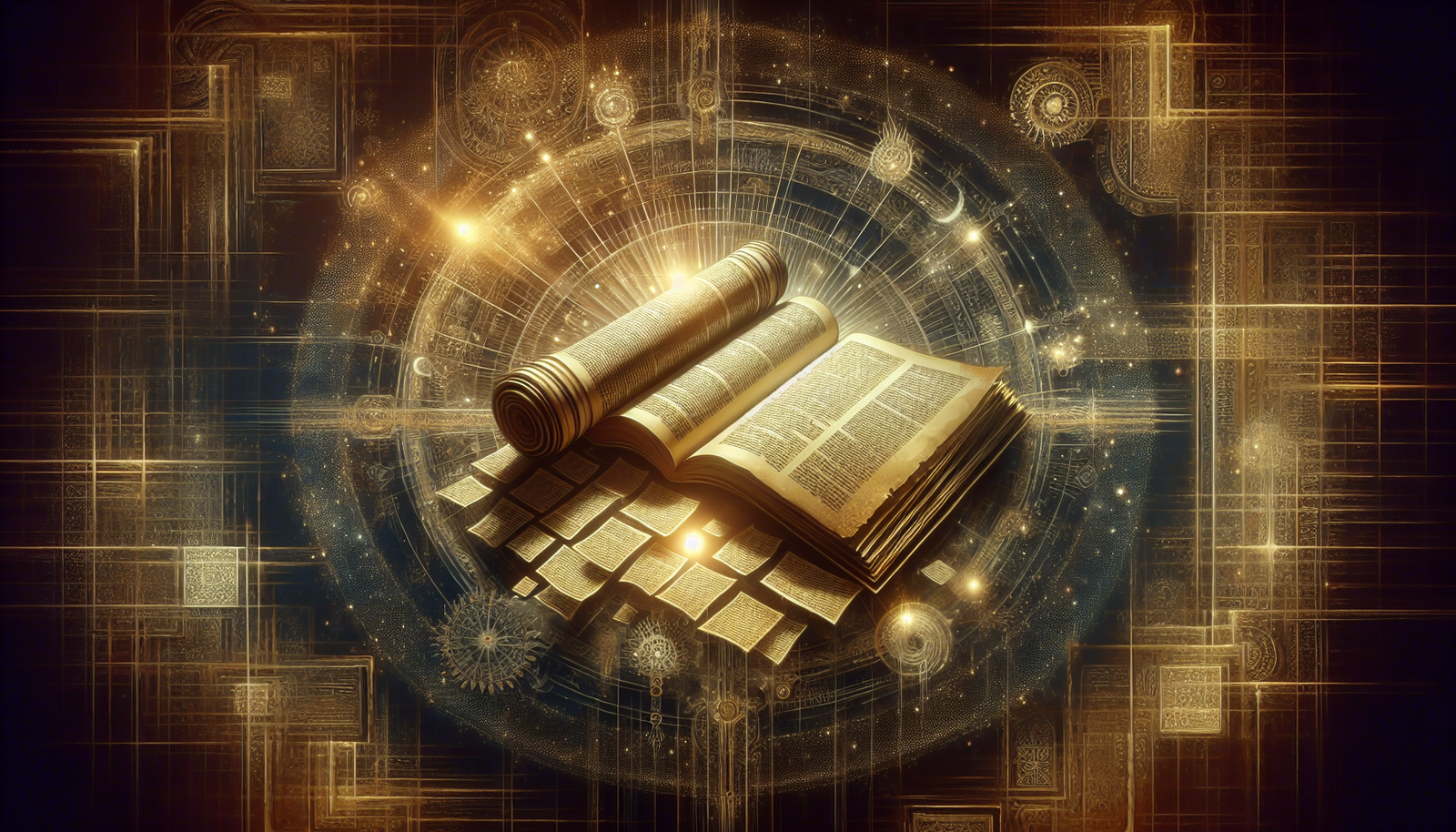What if I told you that ancient scrolls could unlock secrets about religious lineages, rituals, and human connections that date back to thousands of years? Intrigued? You should be. The story of Qumran and its scrolls is woven deeply into the tapestry of biblical history and archaeological intrigue. Let’s delve into the fascinating world of the priestly lineages as mapped out on those remarkable parchments.

The Mystery of Qumran
Nestled along the shores of the Dead Sea, Qumran is more than just a dusty archaeological site; it’s a window into a unique community that thrived in the Second Temple period. The Qumran community has been linked to the Essenes, a sect known for their austere lifestyle and meticulous observance of rituals. Here, amid the rugged rock formations, you can almost hear the whispers of those who sought purity and truth in an increasingly complex and tumultuous world.
The Discovery of the Scrolls
In late 1946 to 1947, Bedouin shepherds stumbled upon a series of caves, leading to one of the most significant archaeological discoveries of the 20th century: the Dead Sea Scrolls. These scrolls are a treasure trove of ancient manuscripts, including biblical texts, sectarian writings, and, of course, information about priestly lineages. These texts aren’t just dusty records; they’re living documents that have the power to bridge the gap between modern times and ancient beliefs.
What Are the Dead Sea Scrolls?
The Dead Sea Scrolls comprise a collection of over 900 manuscripts, with more than 230 of them containing biblical texts from the Hebrew Scriptures. The texts date from the 3rd century BCE to the 1st century CE. They provide crucial insights into early Judaism and the variety of religious thoughts in circulation at the time. The sheer diversity of these scrolls highlights the richness of Jewish culture and the complexities of faith and practice during an era of significant change.
Understanding the Priestly Lineages
You might wonder why priestly lineages matter. It’s about maintaining spiritual heritage and ensuring continuity in religious practices. The importance placed on lineage is deeply rooted in Jewish tradition. Those who could trace their ancestry back to Aaron, the brother of Moses, were considered priests, tasked with performing sacred rituals and maintaining the temple.
The Role of Priests in Ancient Israel
Priests were not only religious leaders; they were also social and political figures. They played a vital role in the community, conducting sacrifices, ensuring adherence to the Torah, and interpreting the law. Understanding these lineages helps us comprehend how spiritual authority was structured and maintained, paralleling contemporary themes in spiritual and community leadership.
The Qumran Community’s Distinct Identity
The Qumran community strove for a high standard of religious purity, distancing themselves from what they viewed as the corruption of the Jerusalem temple. They believed they were the true Israel, the faithful remnant. The emphasis on purity, ritual observance, and correct lineage led them to be particularly meticulous about their genealogies, preserving details of their ancestry on their parchment scrolls.

The Parchment Chronicles
When you think of ancient documents, you might picture parchment scrolls meticulously inscribed with ink, representing both art and communication. The scrolls from Qumran are not just containers of text; they embody the thoughts, beliefs, and aspirations of a group of people yearning for authenticity in their spiritual lives.
Crafting Parchments: The Process
Creating parchment is no small feat. The process begins with animal hides, which are carefully prepared through a series of steps: soaking, scraping, and drying. The result is a durable writing surface that can withstand the passage of time, much like the beliefs these scrolls carried. This labor-intensive process speaks to the dedication of the Qumran community and their commitment to preserving their teachings.
The Quality and Preservation of the Scrolls
Most of the Dead Sea Scrolls are written in Hebrew, with some in Aramaic and Greek. The quality varies, but many scrolls exhibit astonishing sophistication in their craftsmanship. The preservation of these scrolls is a testament to both the natural arid environment of the Qumran area and the reverence with which the texts were treated by their caretakers.
Insights from the Scrolls
The Qumran scrolls contain a wealth of information regarding the priestly lineages, detailing the revered line of Aaronic descent, as well as the roles of various families within the priesthood. Let’s get into the nitty-gritty.
Genealogical Lists
Among the most significant findings are the genealogical lists that provide insight into how the community viewed themselves and their history. Such lists may include names, tribal affiliations, and even specific roles within the community. These scrolls don’t merely recount who was who; they illustrate the profound sense of belonging and identity derived from one’s lineage.
The Priestly Manual and Community Rules
One of the prominent texts, known as the Community Rule, outlines the regulations and rules for members of the community. This document emphasizes the significance of purity, the selection of leaders based on lineage, and guidelines for communal life, showcasing how priestly identity was woven into the very fabric of daily existence.
Scriptural Commentary
The commentaries found among the scrolls, particularly the “pesher” texts, reveal how the Qumran community interpreted Hebrew Scriptures. They saw themselves in the prophetic narratives and often believed they were living out the biblical prophecies. By mapping the priestly lineages against these scriptural interpretations, one can begin to appreciate how they constructed their identity and purpose.
Cultural and Historical Significance
The exploration of Qumran’s priestly lineages sheds light not just on ancient Israelite society but also on contemporary questions of identity and heritage. As we’ll see, the implications reach far beyond dusty scrolls and the arid landscapes of the Dead Sea.
Connecting to Modern Jewish Thought
The relationship between lineage and priesthood remains influential in contemporary Jewish thought. The concept of the priestly class has evolved but still resonates through customs, laws, and religious practices. As the lineage of Aaron is honored, modern Jews reflect on their own places within this continuum of faith and tradition.
Influences on Early Christianity
There are fascinating parallels between the Qumran community and early Christianity. The emphasis on community, ritual purity, and prophetic fulfillment proposed by the Essenes likely influenced early Christian thought. It stirs an intriguing conversation about how lineages and relationships affected the shaping of theological beliefs.
Broader Historical Impact
The insights gained from the Qumran scrolls contribute vastly to our understanding of the Second Temple period. They provide context for the socio-political struggles of the time, the various sects vying for influence, and the spiritual quests that shaped Jewish religious life. Each of these elements offers a glimpse into the world that bore the ideological framework of the New Testament.
The Expert Insights: Scholars Weigh In
Numerous scholars have dedicated their lives to studying the Qumran scrolls and the priestly lineages contained within them. Their nuanced analyses provide insights that go beyond mere textual interpretation.
The Works of Leading Scholars
Prominent scholars, like J.J. Collins, have extensively analyzed the scrolls, articulating how these community texts shape our understanding of Hebrew Scriptures and the historical Jesus. Similarly, Geza Vermes has worked intimately with the scrolls, drawing connections between Qumran and the emerging Christian faith, showing how these ancient voices still echo in modern spiritual contexts.
When History Meets Faith
These scholarly interpretations illustrate the intersection of faith and history. They emphasize that the Jews of Qumran were not passive, waiting for prophecies to unfold; they actively engaged with their faith, shaping their lives and their community in significant ways.
Summing It All Up
So, why should you care about the priestly lineages of Qumran, you might ask? Because they offer an anchoring point in understanding faith, identity, and the enduring nature of spiritual connections. Through ancient parchments, we unlock dialogues that span centuries, revealing the resilience of belief and the quest for purity that resonate in both the past and the present.
A Conclusion with Modern Insights
In conclusion, the Qumran scrolls serve as powerful reminders of the importance of lineage, not merely as a historical curiosity, but as an enduring legacy affecting beliefs and identities to this day. They challenge you to think about your own lineages—be they familial, cultural, or spiritual—and how they inform your identity and faith.
Each parchment, each inscription holds within it a story of longing, belonging, and a desire for connection that spans the ages. So the next time you ponder over ancient texts, remember the lives they encapsulated—not just as artifacts of the past but as living conversations that still matter today. These conversations, akin to whispered secrets of a community long gone, remind us of the complex, intricate web of spiritual heritage that binds us all together.



